Toby Breckon
RangeUDF: Semantic Surface Reconstruction from 3D Point Clouds
Apr 19, 2022


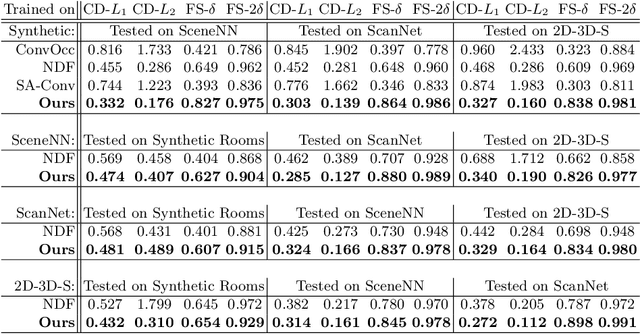
Abstract:We present RangeUDF, a new implicit representation based framework to recover the geometry and semantics of continuous 3D scene surfaces from point clouds. Unlike occupancy fields or signed distance fields which can only model closed 3D surfaces, our approach is not restricted to any type of topology. Being different from the existing unsigned distance fields, our framework does not suffer from any surface ambiguity. In addition, our RangeUDF can jointly estimate precise semantics for continuous surfaces. The key to our approach is a range-aware unsigned distance function together with a surface-oriented semantic segmentation module. Extensive experiments show that RangeUDF clearly surpasses state-of-the-art approaches for surface reconstruction on four point cloud datasets. Moreover, RangeUDF demonstrates superior generalization capability across multiple unseen datasets, which is nearly impossible for all existing approaches.
Improving Robotic Grasping on Monocular Images Via Multi-Task Learning and Positional Loss
Nov 05, 2020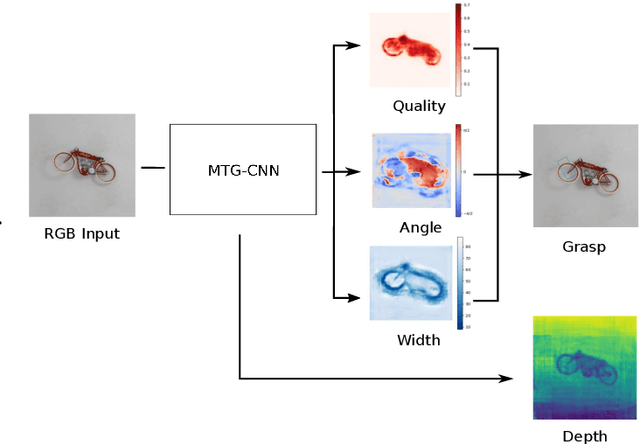
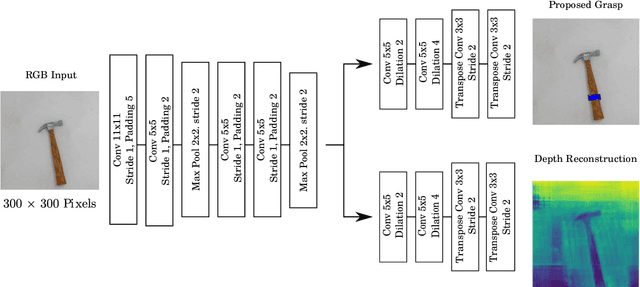
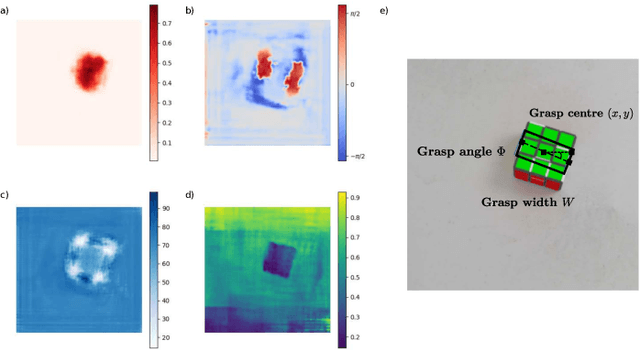
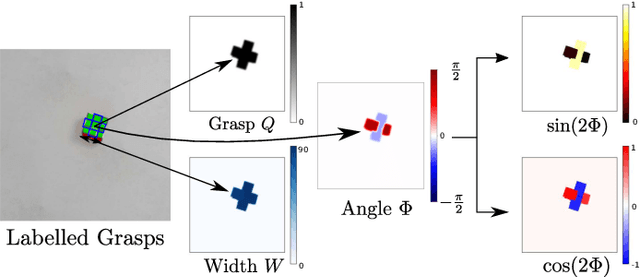
Abstract:In this paper, we introduce two methods of improving real-time object grasping performance from monocular colour images in an end-to-end CNN architecture. The first is the addition of an auxiliary task during model training (multi-task learning). Our multi-task CNN model improves grasping performance from a baseline average of 72.04% to 78.14% on the large Jacquard grasping dataset when performing a supplementary depth reconstruction task. The second is introducing a positional loss function that emphasises loss per pixel for secondary parameters (gripper angle and width) only on points of an object where a successful grasp can take place. This increases performance from a baseline average of 72.04% to 78.92% as well as reducing the number of training epochs required. These methods can be also performed in tandem resulting in a further performance increase to 79.12% while maintaining sufficient inference speed to afford real-time grasp processing.
Towards Automatic Threat Detection: A Survey of Advances of Deep Learning within X-ray Security Imaging
Jan 05, 2020
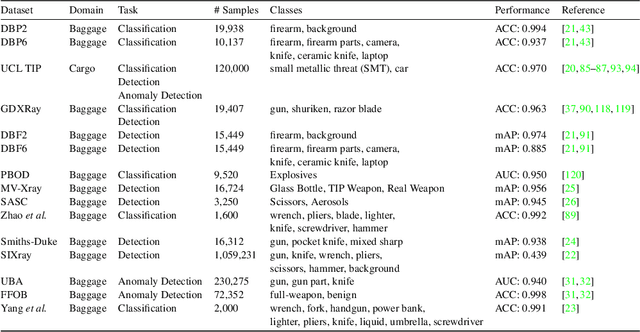
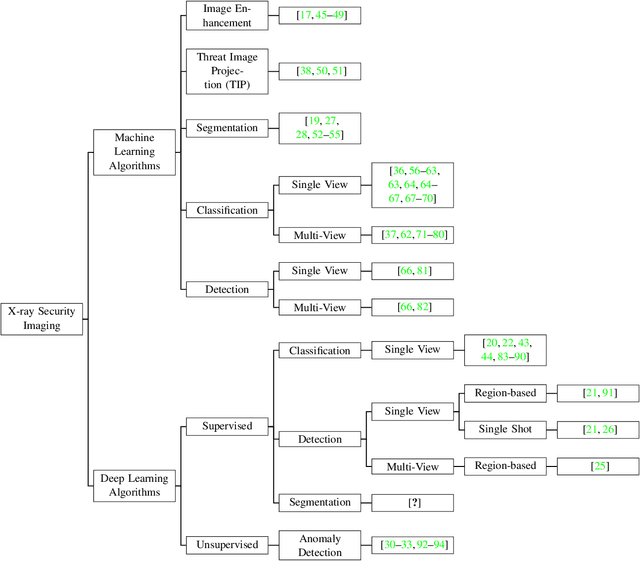

Abstract:X-ray security screening is widely used to maintain aviation/transport security, and its significance poses a particular interest in automated screening systems. This paper aims to review computerised X-ray security imaging algorithms by taxonomising the field into conventional machine learning and contemporary deep learning applications. The first part briefly discusses the classical machine learning approaches utilised within X-ray security imaging, while the latter part thoroughly investigates the use of modern deep learning algorithms. The proposed taxonomy sub-categorises the use of deep learning approaches into supervised, semi-supervised and unsupervised learning, with a particular focus on object classification, detection, segmentation and anomaly detection tasks. The paper further explores well-established X-ray datasets and provides a performance benchmark. Based on the current and future trends in deep learning, the paper finally presents a discussion and future directions for X-ray security imagery.
DeGraF-Flow: Extending DeGraF Features for accurate and efficient sparse-to-dense optical flow estimation
Jan 28, 2019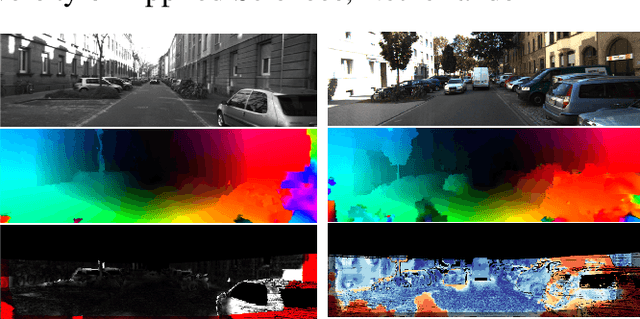
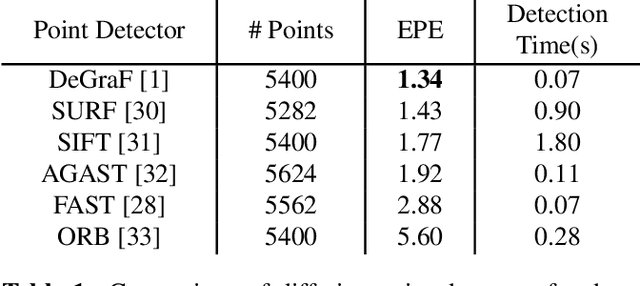
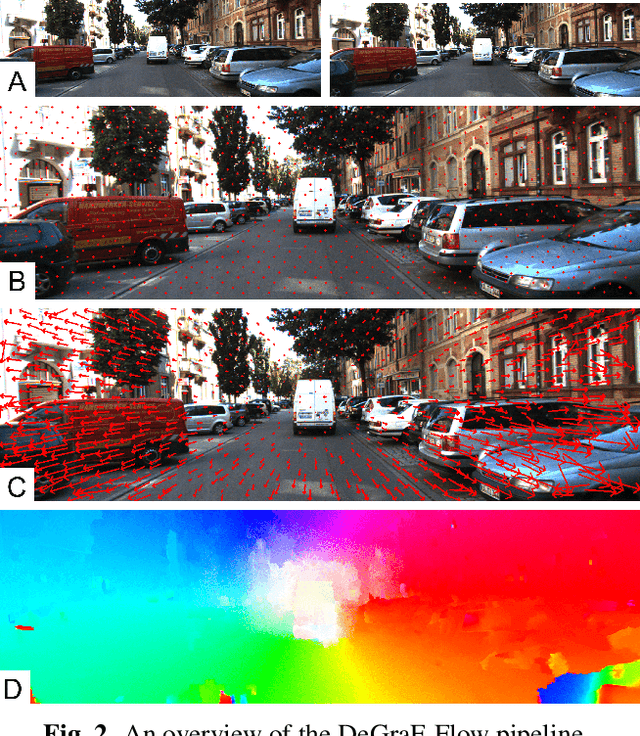

Abstract:Modern optical flow methods make use of salient scene feature points detected and matched within the scene as a basis for sparse-to-dense optical flow estimation. Current feature detectors however either give sparse, non uniform point clouds (resulting in flow inaccuracies) or lack the efficiency for frame-rate real-time applications. In this work we use the novel Dense Gradient Based Features (DeGraF) as the input to a sparse-to-dense optical flow scheme. This consists of three stages: 1) efficient detection of uniformly distributed Dense Gradient Based Features (DeGraF); 2) feature tracking via robust local optical flow; and 3) edge preserving flow interpolation to recover overall dense optical flow. The tunable density and uniformity of DeGraF features yield superior dense optical flow estimation compared to other popular feature detectors within this three stage pipeline. Furthermore, the comparable speed of feature detection also lends itself well to the aim of real-time optical flow recovery. Evaluation on established real-world benchmark datasets show test performance in an autonomous vehicle setting where DeGraF-Flow shows promising results in terms of accuracy with competitive computational efficiency among non-GPU based methods, including a marked increase in speed over the conceptually similar EpicFlow approach.
A Baseline for Multi-Label Image Classification Using Ensemble Deep CNN
Nov 20, 2018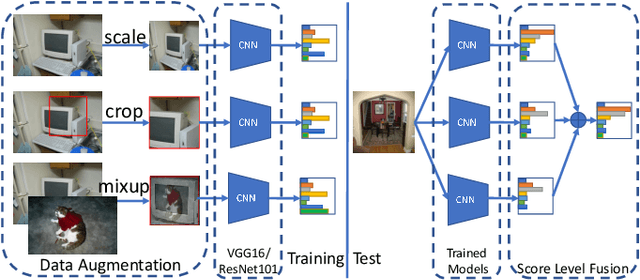
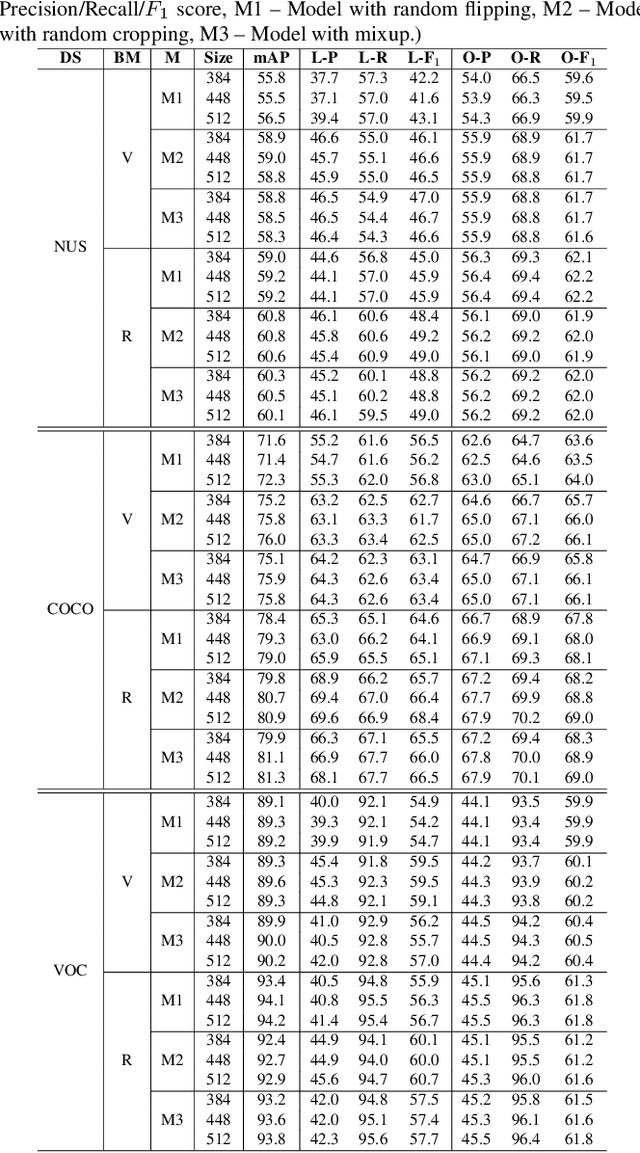
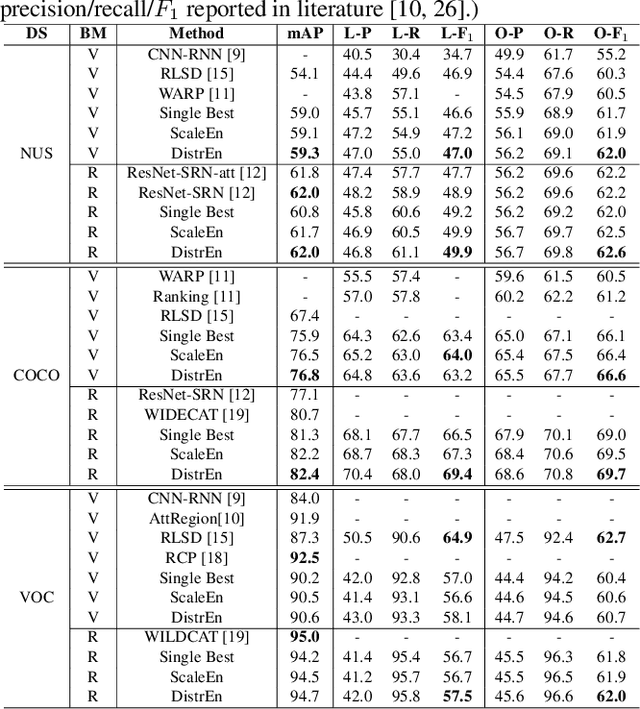
Abstract:Recent studies on multi-label image classification have been focusing on designing more complex architectures of deep neural networks such as the use of attention mechanism and region proposal networks. Although performance gains have been reported in literature, the backbone deep models of the proposed approaches and the evaluation metrics employed in different works vary, making it difficult to compare with each other fairly. Moreover, due to the lack of properly investigated baselines, the advantage introduced by the proposed techniques in literature are vague. To address these issues, we make a thorough investigation of the mainstream deep convolutional neural network architectures for multi-label image classification and present a strong baseline. With only data augmentation and model ensemble, we achieve better performance than those previously reported on three benchmark datasets. We hope the work presented in this paper will provide insights to the future studies on multi-label image classification.
Watermark Retrieval from 3D Printed Objects via Convolutional Neural Networks
Nov 19, 2018
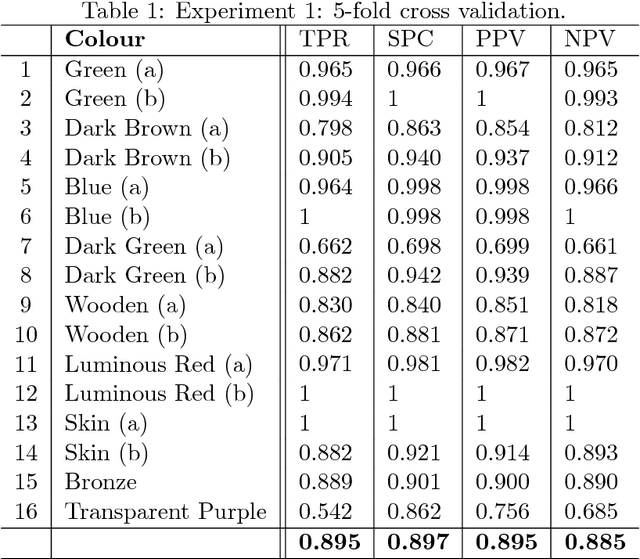


Abstract:We present a method for reading digital data embedded in planar 3D printed surfaces. The data are organised in binary arrays and embedded as surface textures in a way inspired by QR codes. At the core of the retrieval method lies a Convolutional Neural Network, outputting a confidence map of the location of the surface textures encoding value 1 bits. Subsequently, the bit array is retrieved through a series of simple image processing and statistical operations applied on the confidence map. Extensive experimentation with images captured from various camera views, under various illumination conditions and from objects printed with various material colours, shows that the proposed method generalizes well and achieves the level of accuracy required in practical applications.
Style Augmentation: Data Augmentation via Style Randomization
Sep 14, 2018

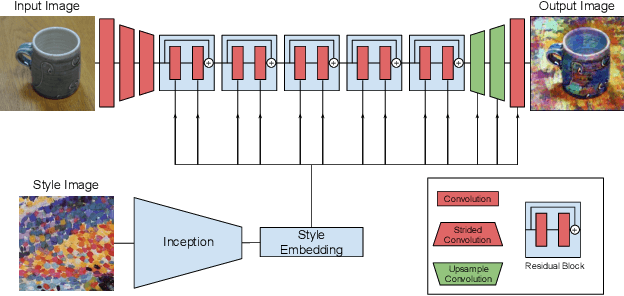

Abstract:We introduce style augmentation, a new form of data augmentation based on random style transfer, for improving the robustness of convolutional neural networks (CNN) over both classification and regression based tasks. During training, our style augmentation randomizes texture, contrast and color, while preserving shape and semantic content. This is accomplished by adapting an arbitrary style transfer network to perform style randomization, by sampling input style embeddings from a multivariate normal distribution instead of inferring them from a style image. In addition to standard classification experiments, we investigate the effect of style augmentation (and data augmentation generally) on domain transfer tasks. We find that data augmentation significantly improves robustness to domain shift, and can be used as a simple, domain agnostic alternative to domain adaptation. Comparing style augmentation against a mix of seven traditional augmentation techniques, we find that it can be readily combined with them to improve network performance. We validate the efficacy of our technique with domain transfer experiments in classification and monocular depth estimation, illustrating consistent improvements in generalization.
SMS Spam Filtering using Probabilistic Topic Modelling and Stacked Denoising Autoencoder
Jun 17, 2016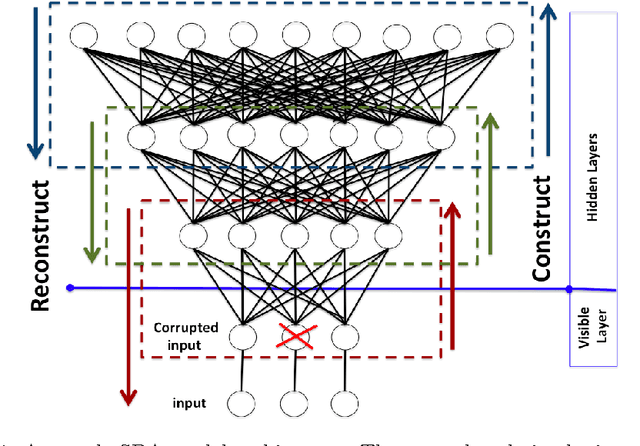



Abstract:In This paper we present a novel approach to spam filtering and demonstrate its applicability with respect to SMS messages. Our approach requires minimum features engineering and a small set of la- belled data samples. Features are extracted using topic modelling based on latent Dirichlet allocation, and then a comprehensive data model is created using a Stacked Denoising Autoencoder (SDA). Topic modelling summarises the data providing ease of use and high interpretability by visualising the topics using word clouds. Given that the SMS messages can be regarded as either spam (unwanted) or ham (wanted), the SDA is able to model the messages and accurately discriminate between the two classes without the need for a pre-labelled training set. The results are compared against the state-of-the-art spam detection algorithms with our proposed approach achieving over 97% accuracy which compares favourably to the best reported algorithms presented in the literature.
 Add to Chrome
Add to Chrome Add to Firefox
Add to Firefox Add to Edge
Add to Edge